Contents
Often overlooked, your motorcycles’ brakes are a key part of its operation. You expect to work every time to keep you safe as needed, but they require regular maintenance to stay operational. Therefore, you want to flush brake fluid every other year. But what type of brake fluid should you use?
Fortunately, motorcycle and car brake fluid are the same things. There are no differences at all. You can freely use any brand of brake fluid that matches the recommended characteristics in your owner’s manual.
While there are no differences between motorcycle and car brakes, brake fluid does come in multiple types. The different types are for applications that require specific boiling points and usability. By reading further, you will learn the exact brake fluid type motorcycle brakes need and how to change them.
Is Motorcycle Brake Fluid Different from Car Brake Fluid?
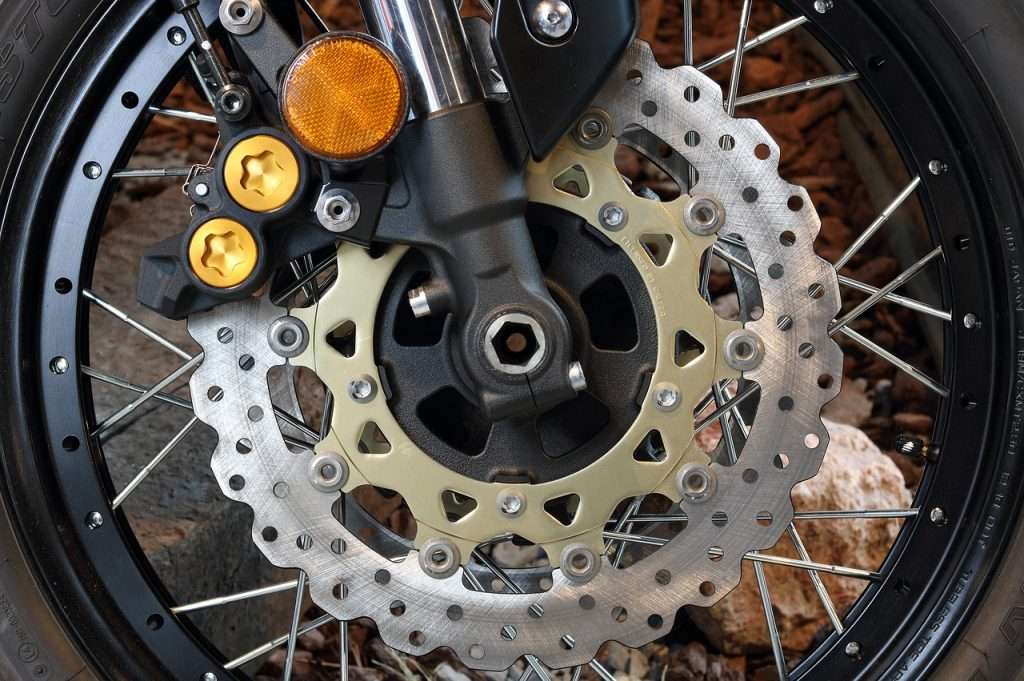
Everyone expects their brakes to work. The situation does not matter. If you must stop your bike for any reason, you require the brakes to do their jobs without issues. However, most motorcycle brakes need more love and attention most riders give them.
This is because the average motorcycle can eat through its brakes in only a few thousand miles. Therefore, you must inspect and maintain your brakes much more often than you would with a car. As such, most mechanics recommend checking your brakes every time you check the air in your tires, or about once per week.
Even most motorcycle owners’ manuals (MOM) recommend flushing the brake fluid once a year to maintain performance. Though, you can do it more often to check for hidden problems and to keep your bike’s pistons lubricated as brakes age.
Fortunately, you do not need any special equipment or fluid to maintain a motorcycle brake system. All brands of automobile brake fluid will work just as well in any motorcycle. This is because all motor vehicles use the same brake fluid and flushing procedure. However, you must get the right fluid type for your particular vehicle.
The Different Types of Motorcycle Brake Fluid
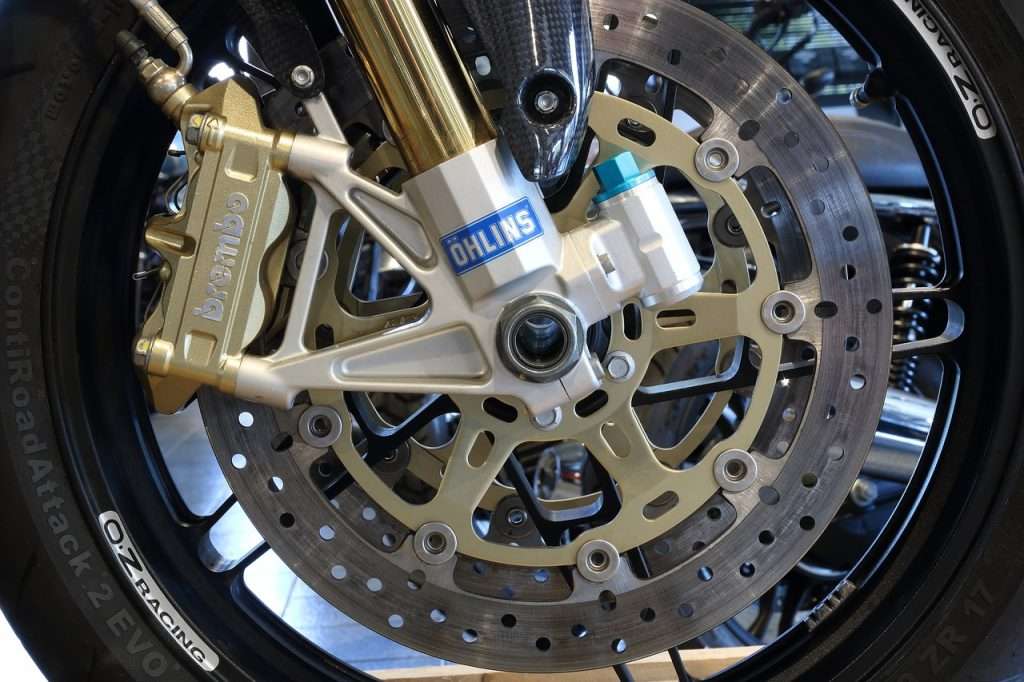
While there is no difference between a motorcycle and an automobile brake system, these systems can vary between vehicle make and model. As a result, brake fluid comes in a variety of types and consistencies. Identified by their Department of Transportation (DOT) rating or number, these types offer different boiling points and usability.
Currently, there are 4 brake fluid types:
| Brake Fluid Type | Dry Boiling Point (°F / °C) | Wet Boiling Point (°F / °C) |
| DOT 3 | 401 / 205 | 284 / 140 |
| DOT 4 | 446 / 230 | 311 / 155 |
| DOT 5 | 500 / 260 | 356 / 180 |
| DOT 5.1 | 518 / 270 | 374 / 190 |
Each type of brake fluid has a specific application. For instance, most experts recommend DOT 4 brake fluid for most motorcycle and car brake systems. This is because DO 4 offers the right heating characteristics for these vehicles. While you could go with a 5 or higher, these types are often way more expensive, and your brakes would give out long before you need the higher boiling point.
Beyond the basic 4, most brake fluid types have subtypes based around fluid consistency and viscosity. These subtypes are for motorcycles, cars, and other vehicles with special needs such as Low Viscosity, Racing, Plus, and so forth. As there are no standard subtypes, each manufacturer can make its own.
Therefore, your choice of subtype will be your personal preference in both cost and performance. However, some subtypes may have different characteristics or boiling points than other fluids of the same type.
Tips and Advice Regarding Motorcycle Brake Fluid

Despite mostly personal preference, there are some things you should never do with your motorcycle’s brake fluid. To help you understand what you can and cannot do, here is a list of some commonly recommended advice.
- Never mix brake fluid types. Especially true for DOT 5, mixing different types can cause them to react badly, corroding the brake system in the process.
- Never use DOT 3 brake fluid in your motorcycle. The boiling point Is too low which can cause the brake system to fail.
- Go with the manufacturer’s recommendation listed in your MOM Specification section whenever possible. This information should also include the brake fluid type installed at the factory.
- Flush the brake fluid completely every 2 years to keep your bike’s metal parts from corroding
- Do not mix old and new brake fluid. Brake fluid absorbs moisture and contamination as it ages. Always flush the deteriorated fluid to maintain optimum bike performance.
Conclusion
While there are many things unique about owning a motorcycle, brake system maintenance is one of the few that are not. All motorcycle makes and models use the same brake fluid used in other motor vehicles such as cars and light trucks. You just need to make sure you use the right DOT type and subtype for your bike.

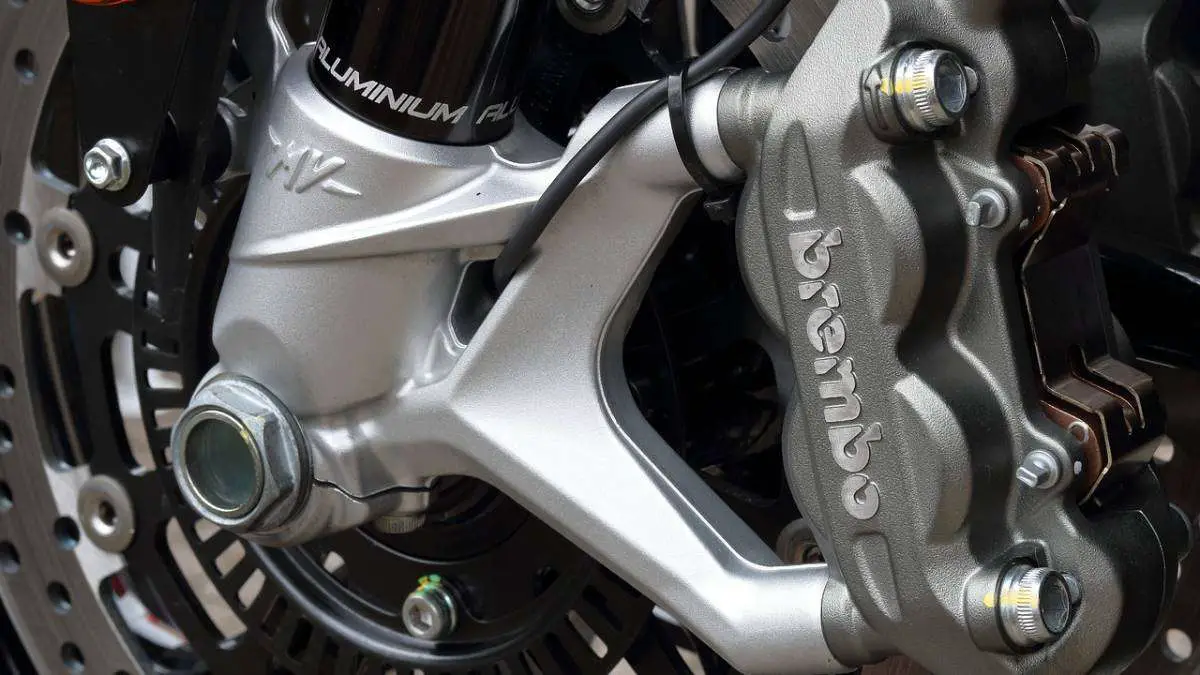
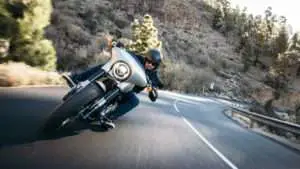 Are Heavier Motorcycles Really Better?
Are Heavier Motorcycles Really Better? 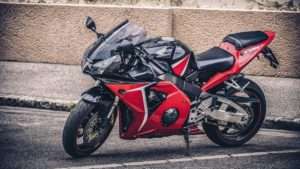 Motorcycle Alarm Vs. Tracker: Which one is the safest?
Motorcycle Alarm Vs. Tracker: Which one is the safest?  Choosing The Best Motorcycle Jacket: A Buying Guide
Choosing The Best Motorcycle Jacket: A Buying Guide  Do Motorcycle Radiator Guards Cause Overheating?
Do Motorcycle Radiator Guards Cause Overheating?